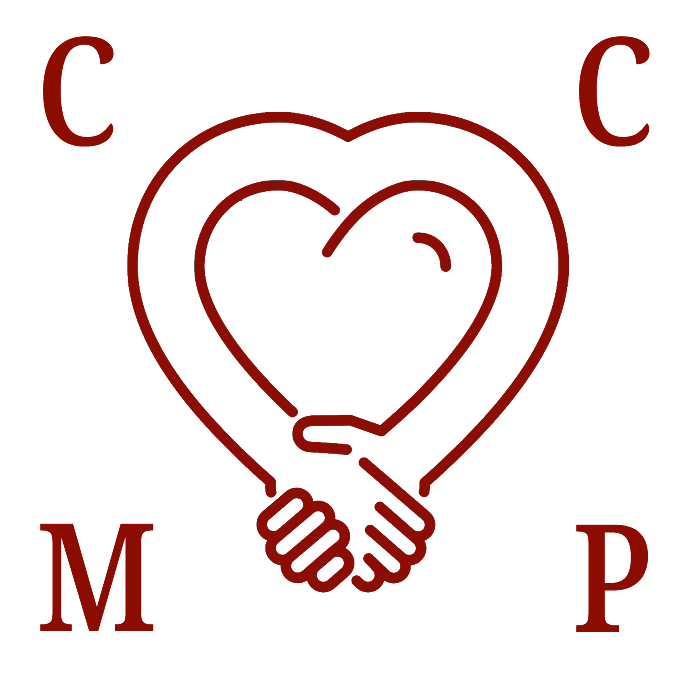The Ninja Hug: Using Self-Compassion and Attachment Research to Find Comfort on Stressful Days.
Never underestimate the power of the hug. I know it seems simple, but research has shown that skin conductivity or a touching of the skin for babies and mothers brings the child’s nervous system back to homeostasis or in nonmedical terms from stress to ease. This lets us know that certain kinds of touch will help the body manage stress and guide it back to a feeling of ease or at least greater ease for people of all ages.
One of the biggest secrets to self-compassion work is acceptance. We acknowledge the feeling, thought, or bodily sensation as it comes up, but we do not try to change it. That action, alone, is doing a kindness because we are communicating to our body and mind that it is ok to feel that way. Taking the opposite approach tends to lead to stress and in some cases, stress overload or an anxiety attack. I often compare it to holding your breath, which of course leads to one huge breath, which in the case of stress is likely some manifestation of panic.
After allowing our feelings, thoughts, and bodily sensations to come up, we bring kindness to our experience, one of which is compassionate touch. This process slowly builds the body’s confidence that we can endure, and will manage stress in a way that comforts and revitalizes it.
I know you maybe thinking, ”Ok, so I’m stressed at work and you just want me to hug some random person.” Hahah, a hug from a friend, coworker, or family member could be helpful, but it is probably more likely to be convenient to hug yourself. This hug is also referred to as the self-hug. I call it the ninja hug, mostly because I do it all the time, but nobody knows. Shhh, don’t blow my cover. You simply cross your arms, curling your hands into your armpits and presto, self-compassion at its finest! You can also place a hand over your heart, or guide your fingers over the back of your neck or hair. What is important is that you are trying to comfort yourself not drive away uncomfortable feelings, like having chicken soup when you are sick. Nobody yells at their cold, they just eat the soup, and kazah they start to feel better!
This may seem simple, but you are communicating three very important things:
First, being stressed, sad, angry, or having other distressing feelings is ok because they are coming up naturally. You have done nothing to demand their appearance. Acknowledging them is your first step towards self-compassion.
Second, you allow the feelings to run their course, rather than try to resist or avoid them. Resisting and avoiding difficult feelings builds their strength and makes them harder to manage. Allowing them to come up and process decreases them as you experience them in the present and when they come up in the future. It is the second step towards self-compassion.
Third, by bringing kindness to them in the form of touch you are using the technology that people in the medical professions, teachers, and coaches have known for so long (even if not consciously) a reassuring touch tells your body and brain that you will take care of it, so it moves in the direction of well being and ease. It is the third step towards self-compassion.
This process takes time, so be patient and be kind to yourself. If noting else, remember that even just by attempting to be kind to yourself you are doing yourself a kindness. I am confident that if you stick with it you will have kindness and ease in abundance.
365 Days of Kindness. Self-Compassion. Day 2. In the Books.

